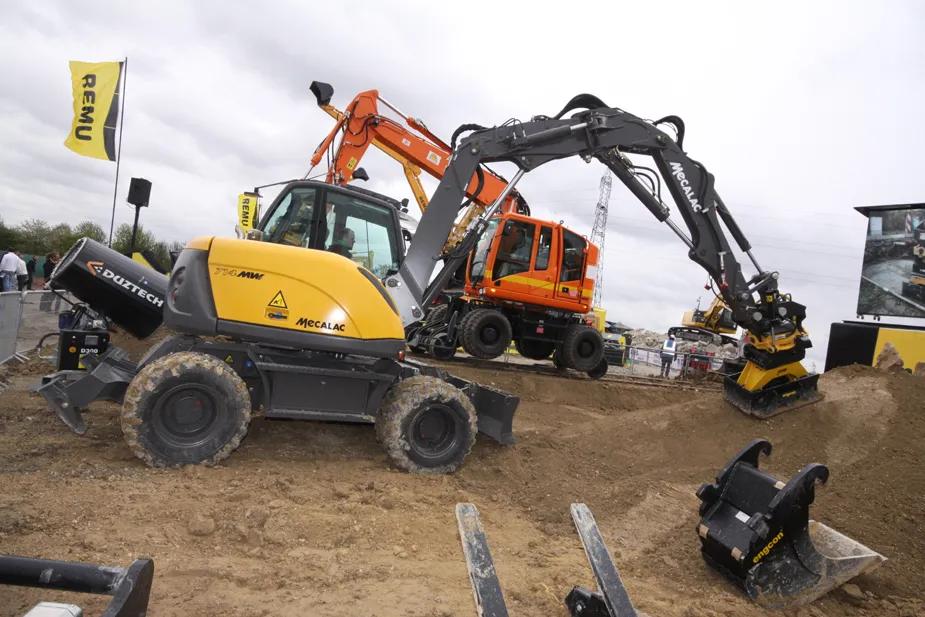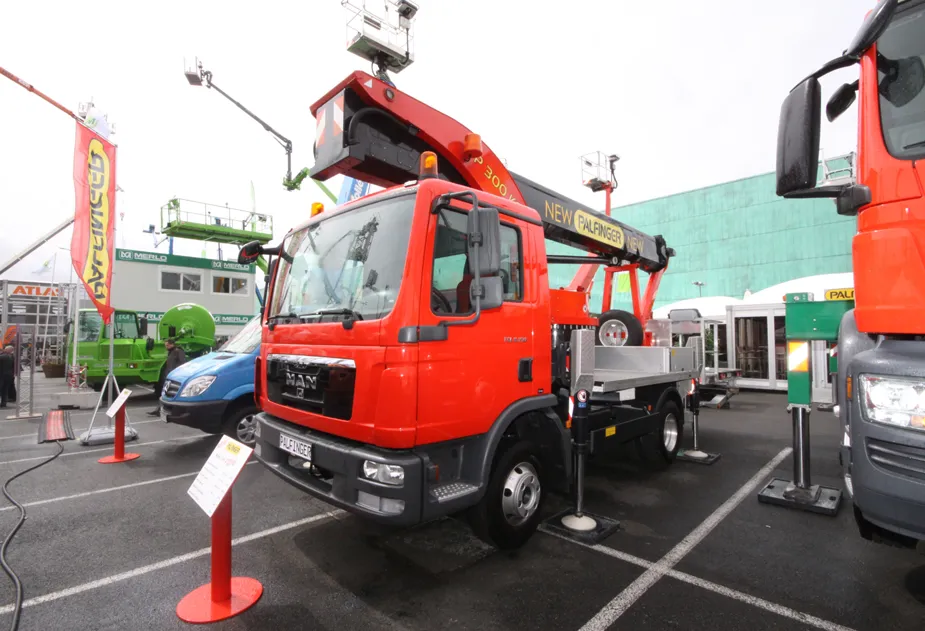Engcon has introduced a new range of tilt-rotators, using a cast housing to greatly increase capacity.
The EC218 and EC226 replace the EC15 and EC20 respectively. The former is suitable for machines up to 18tonnes in operating weight, while the latter is designed for excavators up to 26 tonnes. The cast housing incorporates internal lubrication channels for centralised greasing, reducing the risk of dust ingress or damage while operating. Larger bushes are used to reduce the chance of play in the housing
April 19, 2012
Read time: 2 mins

The EC218 and EC226 replace the EC15 and EC20 respectively. The former is suitable for machines up to 18tonnes in operating weight, while the latter is designed for excavators up to 26 tonnes.
The cast housing incorporates internal lubrication channels for centralised greasing, reducing the risk of dust ingress or damage while operating. Larger bushes are used to reduce the chance of play in the housing and the tilt-rotators offer increased tilt force.
The company has also launched a stepless proportional control system, called Microprop DC2. When installed on the excavator, the DC2 offers a Bluetooth connection to an Android mobile phone. Through the phone connection the customer can reset the controls for various operators, even changing which servo lever controls each function. The system also allows the operator to reset the system for a variety of attachments.
The DC2 can be used in conjunction with Engcon’s latest servo levers, which can be programmed to operate auxiliary hydraulic systems and to control travel services on the excavator, through proportional thumbwheels in the servo lever head.
%$Linker:
Outside: E2 Stand: B003
%$Linker:





